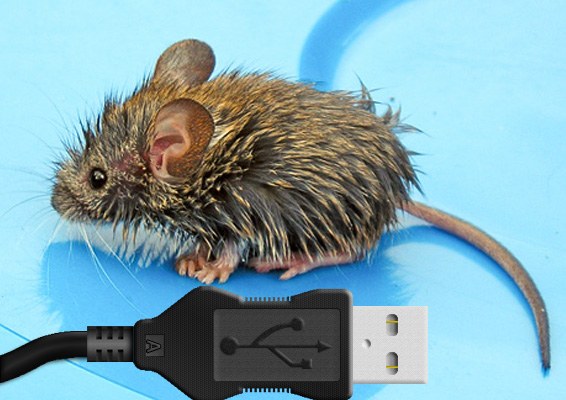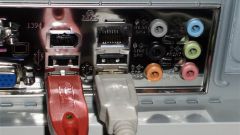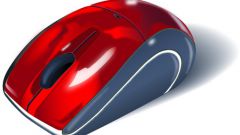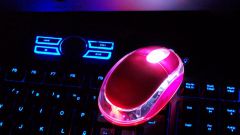Instruction
1
Insert the plug of the connecting cable of the devices into the appropriate connector on the computer - usually this is enough to connect a USB mouse. If it's a desktop computer, use the connector on the rear panel to leave free a slot on the front panel for frequently connected and disconnected USB devices. After you insert the plug into the socket, the operating system will automatically detect the new device and pick the driver for it from its database. If the OS will not be able to do so, or if your mouse has any special features that require additional software, use the installation CD from the set mouse. If this disc is missing - download the necessary files from the manufacturer's website.
2
Turn in your computer's BIOS, the option recognition of the USB mouse on startup of the computer, if after the installation the device is working properly. To do this, initiate a computer restart and go to BIOS setting - most often this requires pressing the delete key or f2 when the lower left corner of the screen prompted. Depending on the installed version of the base system I/o desired setting can be located in different sections of the panel settings, but most often it is necessary to look at the advanced tab, or integrated. The installation itself can also be named differently - for example, USB Mouse Support. Usually by default it is set to auto - change it to enable. Then exit the settings panel, while retaining your settings. After the next boot the computer mouse must be identified by system.
3
Start with connecting the adapter to the USB port and install its software, if it is a wireless mouse. In this case, immediately after connection, the operating system also tries to find a new device and pick the corresponding driver. If something goes wrong, you will have to do it yourself, as described in the first step. After installing the adapter, plug the mouse, making sure that it is installed the battery.





